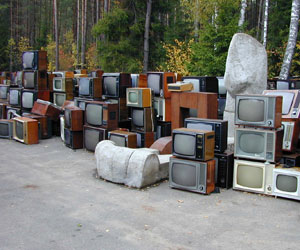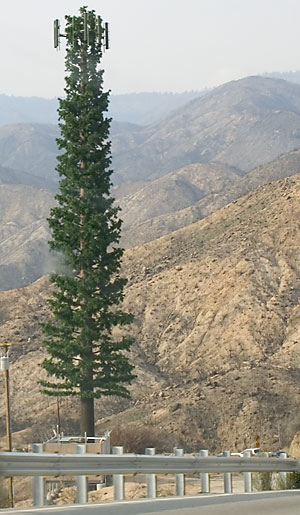Ether 4 From Objects to Networks


In the final stages of the Cold War - the era marked by the Neutron Bomb - the true battleground shifted from the material world to the virtual. Through extensive media saturation, both sides were able to promote and display a national way of life both to their citizens and to the rest of the world. Propaganda would keep workers productive, making them fear that their way of life was being threatened.
If the dawn of the bourgeois era is marked by the development of the metropolis, it ends with the complete transformation of the world into a postmetropolitan condition in which the metropolis becomes secondary to systems of computation and communication. This condition could only be fully realized with the end of the Cold War. Indeed, it demanded its completion.
Even though the Soviet Union outproduced it in the end, the United States won the Cold War because it understood that the nature of production changed from physical objects to a virtual system of networks. The Cold War served the United States as a massive fiction, allowing it to develop the world’s most thorough system of networks.
Already, Eisenhower saw the importance of networks when he spearheaded the Federal-Aid Highway Act of 1956 to ensure the construction of the world’s first transcontinental highway system. In submitting the documents to Congress, Eisenhower wrote:
Our unity as a nation is sustained by free communication of thought and by easy transportation of people and goods. The ceaseless flow of information throughout the republic is matched by individual and commercial movement over a vast system of interconnected highways crisscrossing the country and joining at our national borders with friendly neighbors to the north and south.
Together, the united forces of our communication and transportation systems are dynamic elements in the very name we bear - United States. Without them, we would be a mere alliance of many separate parts.